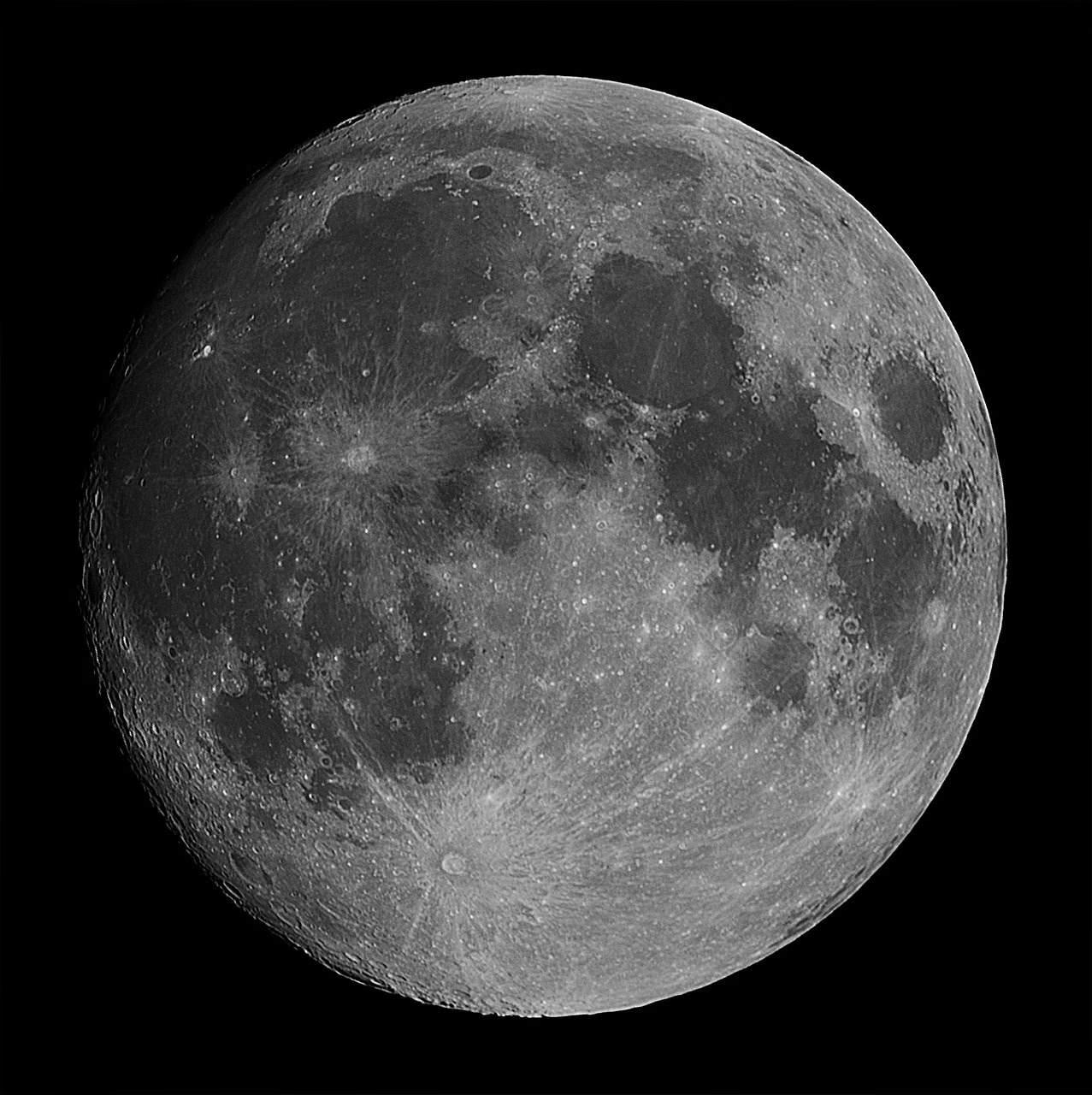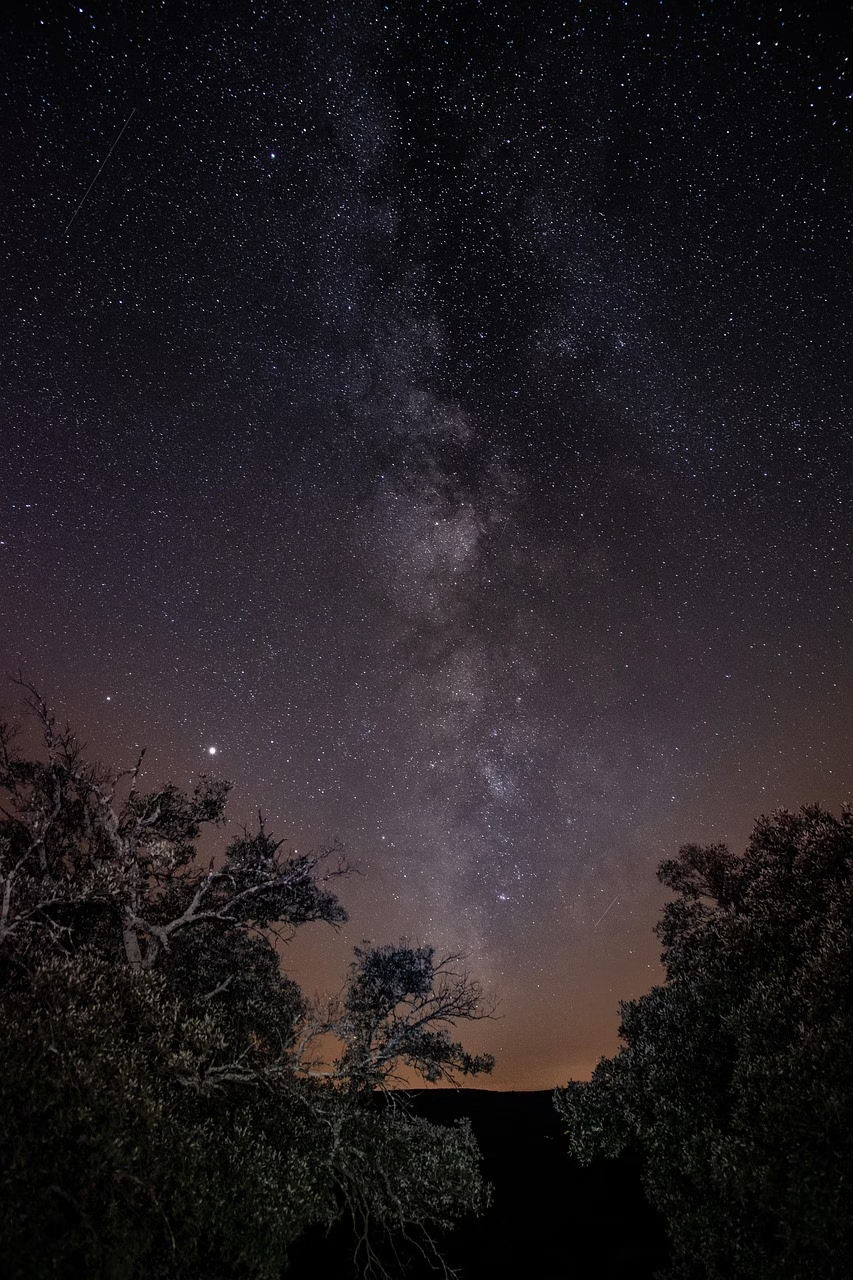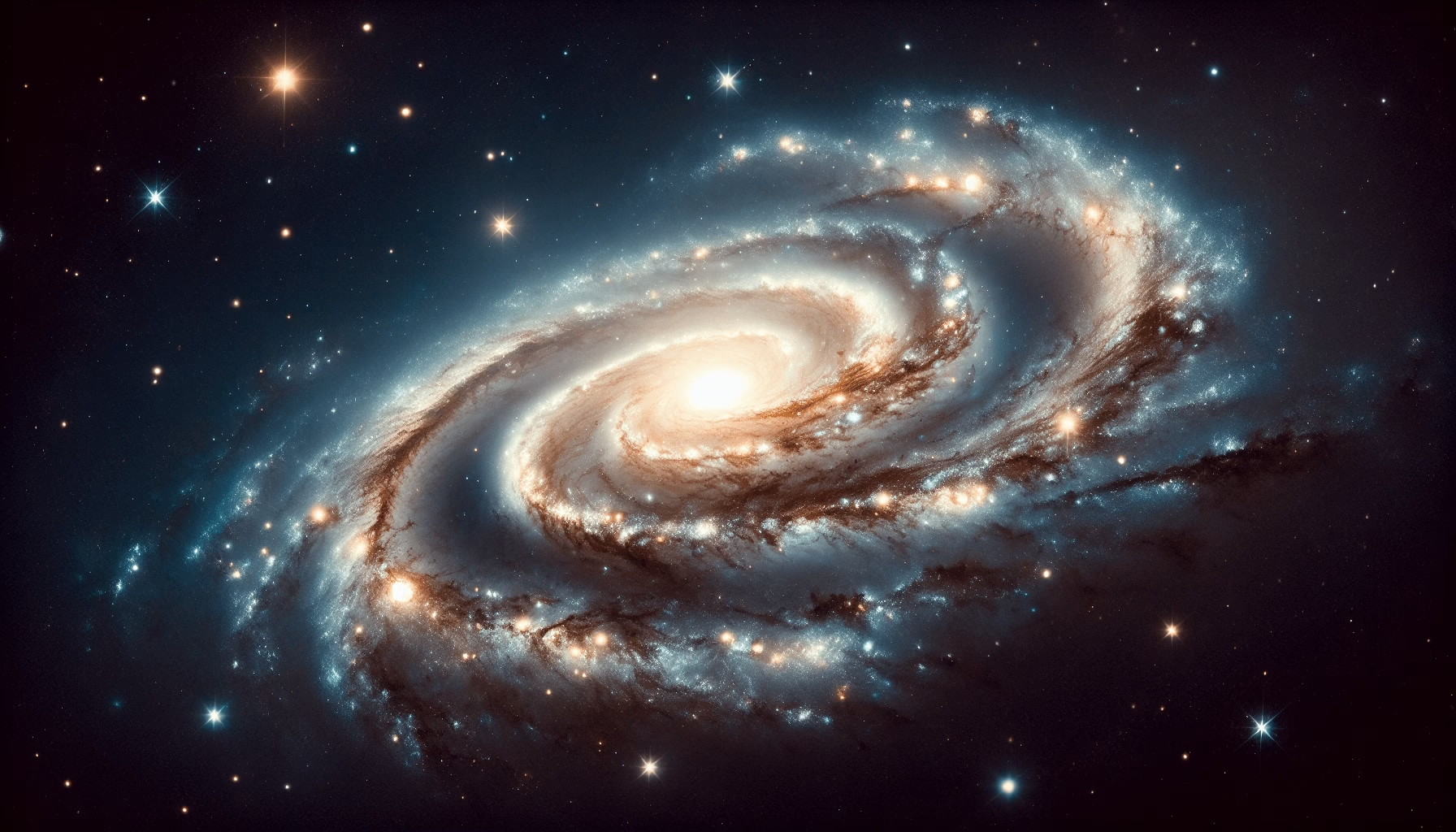Have you ever looked up at the night sky and wondered how photographers manage to capture the beauty and vastness of the cosmos? Space photography isn’t just a relay of beautiful, starry images; it’s a complex interplay of art and science, a field that requires both technical skill and an artistic vision. As you embark on the journey to explore space photography, you’ll discover that it involves intricate techniques and knowledge about the universe itself.

Table of Contents
The Origins of Space Photography
A Glimpse into the Past
To understand the art and science of capturing the cosmos, it’s vital to trace the roots of space photography. The convergence of photography and astronomy dates back to the 19th century. It was at this time that observers found a new medium through which to immortalize the images they saw through telescopes.
Milestones in Space Photography
The first astronomical photograph dates back to 1840, taken by John William Draper, capturing the moon in all its enigmatic beauty. However, it wasn’t until the 20th century with technological advancements that space photography truly began to flourish. The Hubble Space Telescope, launched in 1990, revolutionized the field, providing breathtaking images of distant galaxies and nebulae, images that remain iconic to this day.
The Science Behind Space Photography
Understanding the Basics
At the heart of capturing space imagery is understanding the science of light and optics. Photography, in essence, is about capturing light. The cosmos, with its vast array of stars, planets, and galaxies, emanates light across different wavelengths. This requires cameras and equipment specifically designed to detect and capture these variations in light.
Equipment Essentials
The hallmark of a skilled space photographer lies in their ability to select the right tools. Standard cameras often fall short when it comes to capturing celestial images. Specialized equipment like telescopic lenses, CCD (Charge-Coupled Device) cameras, and infrared technology are crucial. Each piece has its role, from magnifying distant objects to capturing the heat emitted by celestial bodies.

The Art of Space Photography
Finding the Right Composition
Like any form of photography, composing a celestial image requires an artistic eye. One must consider elements such as framing, focus, and contrast. Balancing the photo’s exposure to ensure that neither starry details are lost, nor devices are overwhelmed by the brightness of objects like the Moon, is a delicate art.
Post-Processing and Editing
Once the images are captured, the role of post-processing becomes paramount. This is where artistry meets technology. To bring out the vivid colors and intricate details of space photos, photographers use advanced editing software. Here, you remove noise, adjust colors, and enhance elements to articulate the cosmos in its true splendor.
Techniques in Space Photography
Space photography, like any craft, involves mastery over a set of specific techniques. Understanding and utilizing these techniques allows you to capture images that are both scientifically valuable and artistically impressive.
Long Exposure Photography
Capturing the movement of stars and celestial objects requires the use of long exposure techniques. This involves allowing the camera to gather light over an extended period, creating trails that showcase their movement across the night sky.
Using Filters
Filters are crucial in space photography. Whether it’s to capture specific elements like hydrogen gas in nebulae or to block excess light pollution from urban environments, understanding how to use filters can dramatically improve the quality of your photographs.
The Role of Astrophotography
Astrophotography is a specialized form of space photography that requires precise equipment and expertise. Unlike traditional photography, it combines elements of science and art to capture phenomena such as the Milky Way, star clusters, and distant planets.

Challenges in Capturing the Cosmos
Capturing the cosmos is not without its hurdles. You must contend with factors such as light pollution, weather conditions, and the need for highly specialized equipment. Each of these presents unique challenges and requires a strategic approach to overcome.
Light Pollution
Dealing with light pollution is perhaps the most significant challenge faced by amateur and professional space photographers alike. The key to overcoming this is to seek out remote locations where the effects of artificial light are minimized, allowing the night sky to reveal its natural beauty.
Weather and Atmospheric Interference
Weather conditions, such as cloud cover and atmospheric turbulence, can obstruct your view of the cosmos. Patience and persistence become essential virtues, as clear nights are often rare and must be seized when they occur.
The Impact of Space Photography
Space photography doesn’t just capture beautiful images; it plays a vital role in scientific exploration and public engagement. The images produced inspire curiosity, furthering interest and understanding of our universe.
Educating and Inspiring
Photos from space have the power to educate and inspire people around the world. They bring the wonders of the universe closer, providing insights into celestial phenomena and the mysteries of space.
Contributing to Science
Beyond aesthetics, space photography aids scientific research. By capturing detailed images of astronomical objects, scientists can analyze and document celestial movements and changes, contributing to our ever-evolving understanding of the universe.

A Look into the Future of Space Photography
Technological Advancements
As technology advances, so does the field of space photography. We are now at the cusp of new innovations that promise to enhance our ability to capture and study space. The introduction of AI and machine learning could revolutionize how space photos are processed and understood.
Space Photography Beyond Earth
With an increasing number of space missions, the potential for photography beyond Earth grows. Think of the iconic images of Earth from the Moon or the vivid landscapes of Mars captured by rovers. Future space exploration promises to bring new frontiers in capturing the cosmos.
Case Studies in Space Photography
Exploring real-world examples offers valuable insights into the application and impact of space photography.
The Hubble Space Telescope: A Legacy
Perhaps the most renowned example of space photography, the Hubble Space Telescope has provided us with some of the most detailed images of deep space ever captured. Its ability to take photos free from the blurring effects of our atmosphere has given scientists and enthusiasts alike unprecedented views of nebulae, galaxies, and star clusters.
Mars Rover Imaging: Capturing Another World
Rovers equipped with advanced cameras have delivered stunning photos from Mars, showcasing the planet’s landscape and providing insight into its geological history and potential for life. These images offer a unique perspective, capturing the ethereal beauty of another world.
The James Webb Space Telescope: A New Era
Set to succeed the Hubble, the James Webb Space Telescope promises to take space photography to new heights. With its capability to observe infrared light, it will unveil even more of the universe’s hidden wonders, from the earliest stars to galaxies formed billions of years ago.

Conclusion
Space photography offers a unique blend of artistry and science, opening windows into the universe’s grandeur. As you delve into this expansive field, remember that capturing the cosmos is as much about the journey as it is about the final image. Each photograph is a story of exploration, patience, and an unquenchable thirst for knowledge. By understanding the history, honing your techniques, and leveraging technology, you can bring the wonders of the universe a little closer to those eager to understand our place among the stars.
Astrophotography: Merging Art and Science to Capture the Cosmos
Stay Updated with the Latest Articles in Space Safety Magazine

